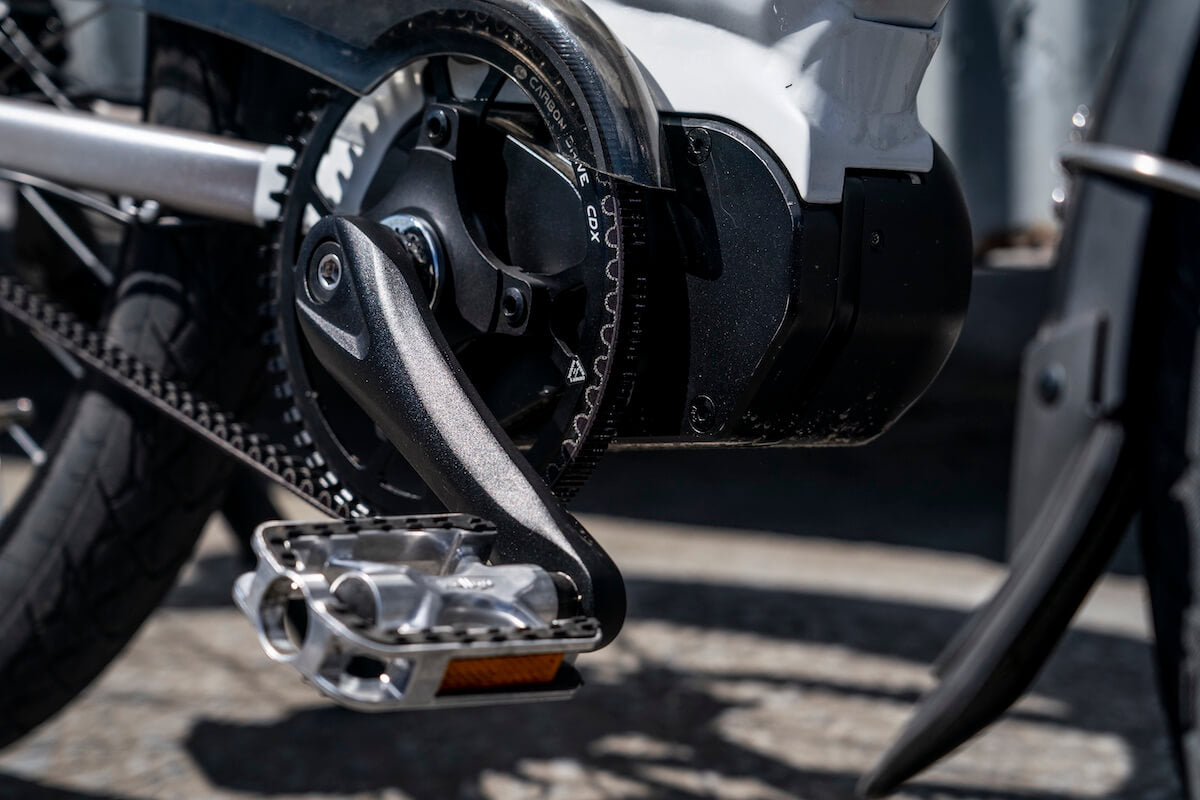Understanding eBike Motor Power: It's Not So Simple!
When you're looking at ebikes, you'll often see different "watt" ratings for motors, like 250W, 500W, or even 1000W. You might think a higher number means a more powerful bike, but the truth is there's no standard way to rate ebike motor power. The same motor could be listed with very different wattages by different companies, and they could all be technically "correct" based on how they're measured. So, relying on a single power rating to compare ebikes isn't very helpful.

Why is "Rated Power" So Confusing?
Unlike a lightbulb that always draws 60 watts when on, an electric bike motor's power output changes all the time. It depends on how much load it's under (like going uphill or carrying a heavy rider), how fast it's spinning, and the electrical power supplied by the controller and battery. (For electrical power, Watts are calculated by multiplying amps by volts.)
- Power isn't fixed: A motor produces more power as you load it down, up to a point. If you stall it completely, it makes no power, even if it's trying really hard.
- Controller and Battery Matter: The actual power output of a motor is heavily influenced by your controller's amperage limit and your battery's voltage. A 36V battery with a 20A controller will give you different power than a 48V battery with a 35A controller, even with the same motor. Similarly, a 24V battery with a 40 amp controller yields the same wattage as a 48V battery with a 20 amp controller, but they will feel very different from the saddle.
What’s the difference between peak power and continuous power?
- Peak Power: This is the highest power output an ebike system can achieve, usually when the motor controller hits its current limit. While a higher peak power sounds great, it doesn't always mean the bike will feel significantly more powerful in typical riding. For instance, a system with lower peak power but higher voltage might feel faster overall because it maintains power better at higher speeds. Peak power is a function of the controller and battery, rather than the motor itself.
-
Continuous Power: This refers to the power a motor can put out indefinitely without overheating and is the rating most commonly used for ebikes. This seems like a fairer way to compare, but it's still tricky.
- RPM dependence: Again, you'd need to specify the RPM at which it's measured.
- Time to overheat: Motors can handle much more power for short bursts (like climbing a steep hill) than they can continuously.
- Temperature choices: What's considered an "overheat" temperature can vary.
- Environmental factors: Ambient temperature (hot summer vs. cold winter) affects how much continuous power a motor can handle.
How does this translate into work being done?
For people familiar with the relationship between Watts and horsepower, or who have looked into human performance on a bike, also measured as Watts, the Watt ratings of ebikes make even less sense. The reasoning is far beyond our scope here, but suffice to say that electrical Watts and mechanical Watts are measures of two different things, even though they share the same name and are closely related.
Electrical Watts is a measure of how much electrical power is being consumed. Mechanical watts are a measure of how much work is being done. This disconnect between electrical ratings and actual performance is the single most confusing part about comparing ebikes.
For any given ebike drive system, it’s trivial to calculate the maximum electrical power, but how do we know how much work it can do? If electrical Watts are the measure of power consumption, torque is the measure of power output. You’re probably familiar with foot pounds from the auto industry, where 1 foot pound is the amount of rotational force exerted by a weight of 1 pound on a lever that is 1 foot long. Nearly all ebikes will use Newton Meters (Nm), which is the same thing, just with metric units.

The Bottom Line
Don't get too caught up in the single "watt rating" number. It's often misleading because there's no industry standard for how it's determined. Motors don't have a fixed power output; it depends on how they're used and the components they're paired with.
Ultimately, the best way to understand an ebike's performance is to consider the entire system – the motor, controller, and battery – and how they work together, rather than relying on an ambiguous watt number. When given, torque ratings are more useful than Watts, but there is not currently a standard for how torque measured, so comparing between companies is not always accurate.

